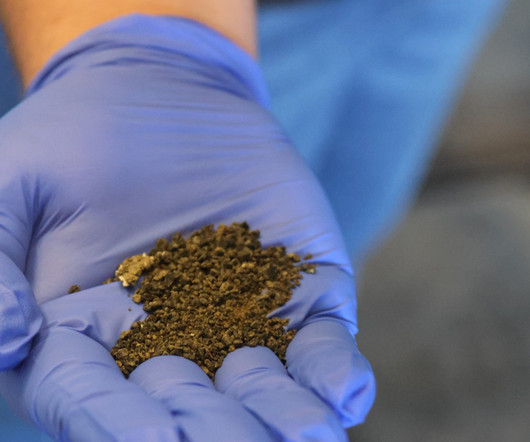North America just got its first recycled Li-ion battery materials plant
Baua Electric
APRIL 11, 2024
Photo: Green Li-ion Green Li-ion has launched North America’s first commercial-scale plant to process unsorted battery waste, or “black mass,” from used lithium-ion batteries. Green Li-ion says its process significantly reduces production time, yielding pCAM in around 12 hours.















Let's personalize your content